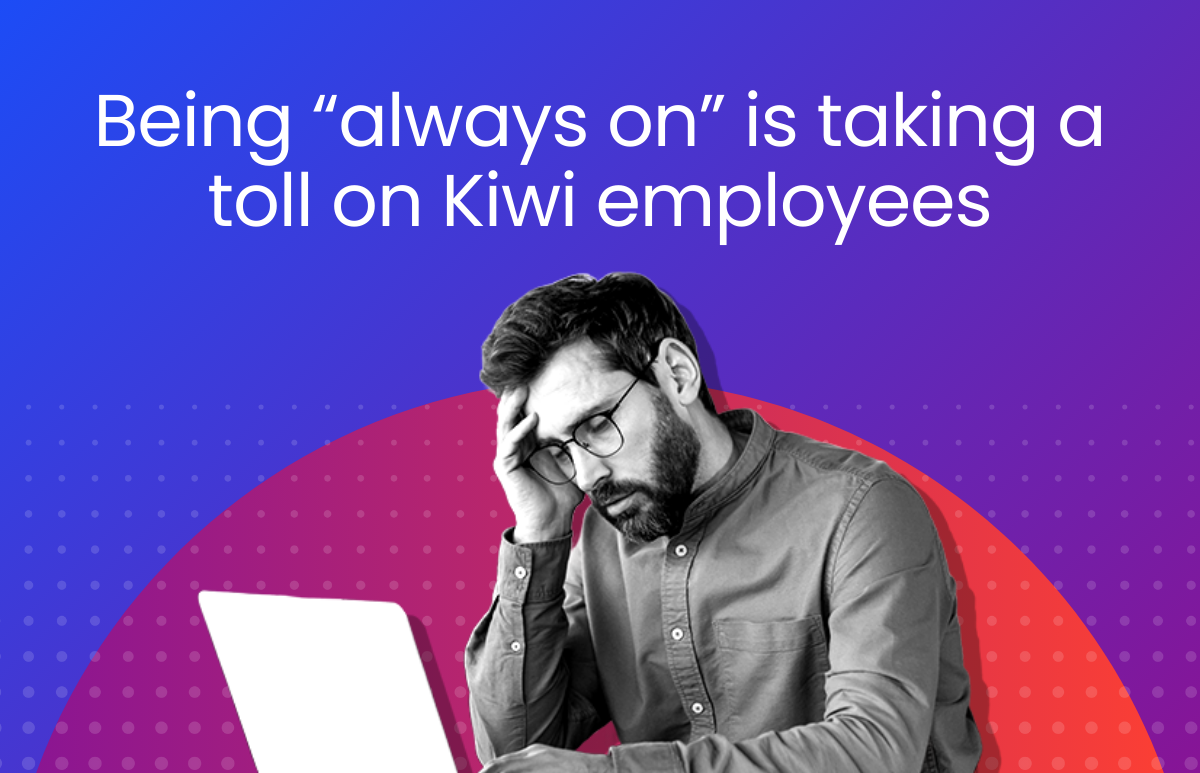Payroll Efficiency: CEO’s Guide to Productivity
Payroll errors and rework cost Australian businesses an average of 4-5 workdays per employee annually.

Poor payroll management is a hidden drain on Australian businesses, causing a ripple effect of problems for CEOs. Poor payroll systems waste time, cost money, and can get you in legal trouble.
The key to unlocking greater efficiency and overcoming payroll headaches lies in strategic optimization. By giving importance to payroll efficiency, you position your company as a productivity powerhouse, enhancing returns and staying ahead of the competition.
Achieving payroll efficiency isn’t just about compliance – it’s a catalyst for success. Using this strategy will cut costs, boost morale, and grow your business.
What are the impact of ineffective payroll on CEOs
Payroll problems hurt your employees and damage your company’s success. Here’s how inefficient payroll systems hold CEOs back:
A. Time draining
Manual payroll systems, with their repetitive data entry and human error-prone calculations, are notorious time-wasters. As a CEO, you might find yourself drawn into fixing payroll mistakes, fielding employee complaints, or manually reassessing figures. This diverts you from your core responsibilities: strategic planning, business development, and guiding the better vision.
B. Financial burden
Payroll incompetence hit the bottom line in both direct and indirect ways:
- Direct costs: Overpayments and underpayments lead to wasted money and time spent on corrections. Fines and penalties for non-compliance with tax filing or wage laws further add to these expenses.
- Indirect costs: The less obvious impact on revenue can be even greater. Payroll problems make employees unhappy. This causes less work to get done, drives away good employees, and costs you a lot of money.
C. Compliance challenges
Staying on top of constantly evolving labour regulations, tax withholding, and reporting requirements is a complex task. Inefficient payroll practices increase the chances of making costly compliance mistakes. These errors can trigger government audits, fines, and potential lawsuits – damaging both your finances and your company’s reputation.
D. Employee frustration
Payroll is more than just a paycheck; it’s a sign of respect and a statement that the company values an employee’s time and effort. Consistent errors, underpayments, or delays lead to frustration, distrust, and a decrease in overall morale. Low morale directly translates to reduced productivity, impacting your business’s ability to perform at its best.
“Our payroll was quite a clunky process and so if we had someone who had an issue that needed to be solved right away, we simply couldn’t do it.” – Mark Lulham – People and Culture Manager at Star Aviation
How to implement payroll efficiency strategies?
Payroll accuracy and efficiency directly impact your company’s productivity, employee morale, and overall success. Here’s a guide to implementing strategies that will streamline and improve your payroll operations:

1. Invest in the right technology
- Cloud-based payroll software: Choose a payroll solution that scales with your business, provides real-time data, and automates tax filing.
- Integrations: Connect your payroll software to HR, time tracking, and accounting systems for easy data sharing and fewer mistakes.
2. Consider strategic outsourcing
- Assess your needs: Outsource your payroll to save time and hassle if you don’t have payroll experts or your needs are complex.
- Choose wisely: Carefully research potential providers. Check their payroll services, track record, and industry knowledge.
3. Improve internal processes
- Integrate employee data: Maintain a single, accurate database of employee information to streamline updates and reduce redundancy.
- Consistent procedures: Develop easy-to-follow payroll steps covering data input, taxes, approvals, and when to pay employees.
- Regular audits: Schedule internal reviews to catch errors, ensure compliance, and identify areas for improvement.
4. Empower employees with self-service
- Secure portal: Provide employees with a secure online portal to access and manage their payroll information.
- Available features: View pay slips, tax forms, change your address, request time off, and more.
- Reduces HR workload: Reduces the need for employees to contact HR for routine payroll inquiries.
5. Give importance to training and communication
- Software training: Provide comprehensive training for HR personnel and any employees involved in payroll-related tasks.
- Clear communication: Establish clear channels of communication between HR, finance, and employees to address questions and resolve issues promptly.
How to measure and track payroll efficiency success?
Implementing payroll efficiency strategies is just the first step. To gauge progress and ensure your efforts are paying off, you need to track the right metrics. Here’s how:

A. Key Performance Indicators (KPIs): Know what to measure
Start by defining Key Performance Indicators (KPIs) that directly align with your goals. Track how long payroll takes, how often it’s correct, and how satisfied your employees are with the process. Implementing regular reporting, whether it’s weekly, monthly, or quarterly, is vital.
Focus on the following KPIs to quantify the success of your payroll efficiency initiatives:
- Payroll processing time: How many hours/days does a complete payroll cycle take? Track this over time to see improvements because of automation or process payroll streamlining.
- Accuracy rate: Calculate the percentage of pay runs without errors (overpayments, underpayments, tax errors, etc.). Aim for consistent improvement.
- Employee satisfaction: Conduct surveys to measure employee satisfaction with payroll timeliness, ease of accessing pay information, and communication of changes.
- Cost per paycheck: Track the cost of running payroll per employee per pay period. This helps identify savings from efficiency gains.
B. Regular reporting: Stay in the loop
Regular reports help you track progress, find what needs fixing, and recognize the good results of your work. Establish a regular reporting cadence (weekly, monthly, quarterly) to monitor your KPIs. This allows you to:
- Spot trends: Identify both positive progress and potential problem areas.
- Take corrective action: If efficiency is lagging, implement adjustments swiftly.
- Celebrate wins: Track the positive impact of your changes on cost savings and employee satisfaction.
C. Benchmarking: Know where you stand
Finally, don’t undervalue the power of benchmarking. Research industry standards based on your company’s size and sector. Using KPI benchmarks shows how well your payroll is doing, lets you set realistic goals, and motivates your team to keep getting better. Comparing your payroll KPIs to industry averages gives you a valuable point of reference.
- Industry resources: Research industry benchmarks for companies similar in size and sector.
- Aim for excellence: Use the benchmarks to set ambitious goals and always strive for improving efficiency.
Key Takeaways
Payroll efficiency is a CEO priority: Streamlined payroll directly impacts your productivity, financial health, and employee satisfaction. A strategic advantage, not just a back-office function.
Act for results: Don’t let inefficient payroll hold your business back. Proactively implement the outlined strategies. Schedule a consultation with a payroll expert, explore technology solutions, and process improvement.
Continue learning and development: Payroll regulations and best practices evolve. Access relevant resources, case studies, or white papers to stay informed.
 HR Core
HR Core 









